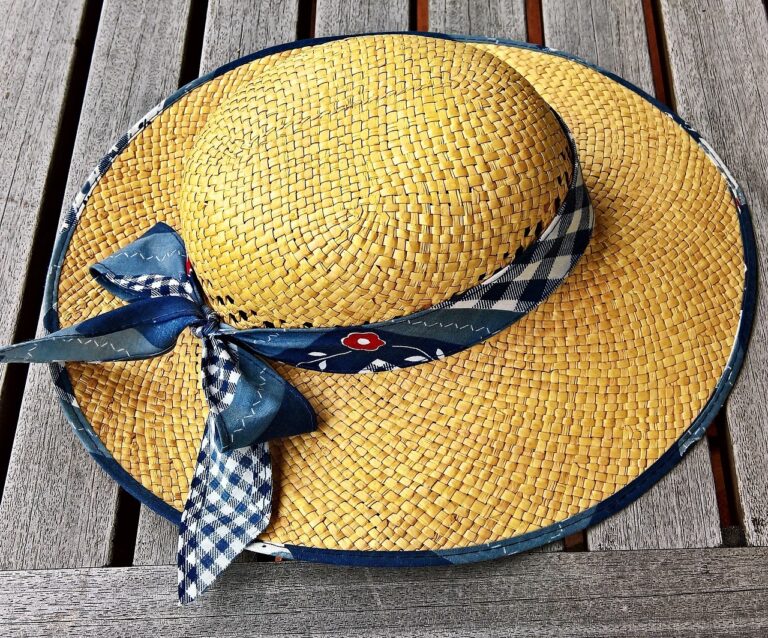Analyzing Fashion Trends Through Data Analytics
When it comes to capturing and analyzing data in the fashion industry, various methods are utilized to ensure comprehensive and accurate insights. One of the primary techniques is through the use of surveys and questionnaires, where consumers’ opinions and preferences are gathered directly. By collecting data on what customers are looking for in terms of style, colors, sizes, and pricing, fashion brands can tailor their offerings to meet market demands effectively.
Another prevalent data collection method in the fashion industry is through social media monitoring. With the widespread usage of platforms like Instagram, Facebook, and Twitter, brands can track trends, monitor consumer behavior, and engage with their audience in real-time. Analyzing social media data provides valuable information on popular styles, influencers driving trends, and customer feedback, allowing fashion companies to stay ahead of the curve and make data-driven decisions.
Importance of Data Analytics in Fashion Trends
Data analytics plays a crucial role in deciphering the dynamic landscape of fashion trends. By harnessing the power of data, fashion brands can gain valuable insights into consumer preferences, behaviors, and market trends. This enables them to make informed decisions and adapt swiftly to changing demands in the industry. Data analytics empowers fashion businesses to anticipate future trends, optimize their product offerings, and enhance the overall customer experience.
Moreover, data analytics allows fashion companies to identify emerging trends and capitalize on them before their competitors do. By analyzing data from various sources such as social media, online platforms, and sales records, fashion brands can stay ahead of the curve and create strategies that resonate with their target audience. This not only drives sales and boosts brand loyalty but also fosters innovation and creativity within the fashion industry.
Key Metrics to Measure Fashion Trends
Measuring fashion trends accurately in today’s dynamic market requires a strategic approach that leverages key metrics for success. One crucial metric to consider is consumer engagement, which gauges the level of interaction and interest that the audience has with specific fashion trends. This metric often includes social media interactions, website traffic, and sales conversions, all of which provide valuable insights into the popularity and impact of a particular trend.
Another essential metric in measuring fashion trends is trend adoption rate, which refers to the speed at which a new trend gains traction within the market. Understanding how quickly consumers embrace a trend can help fashion brands adapt their strategies and capitalize on emerging opportunities. By closely monitoring trend adoption rates, companies can stay ahead of the curve and make informed decisions to drive their business forward in the ever-evolving fashion industry.
What are some common data collection methods used in the fashion industry?
Some common data collection methods used in the fashion industry include market research surveys, trend forecasting reports, social media analysis, sales data analysis, and customer feedback analysis.
Why is data analytics important in measuring fashion trends?
Data analytics is important in measuring fashion trends because it helps to track consumer preferences, identify emerging trends, forecast demand, and make informed business decisions.
What are some key metrics used to measure fashion trends?
Some key metrics used to measure fashion trends include sales data, customer engagement metrics (such as likes, shares, and comments on social media), website traffic, return rates, and brand awareness metrics.
How can fashion businesses use key metrics to improve their success?
Fashion businesses can use key metrics to improve their success by identifying popular trends, understanding customer preferences, optimizing inventory management, developing targeted marketing campaigns, and improving overall brand performance.







